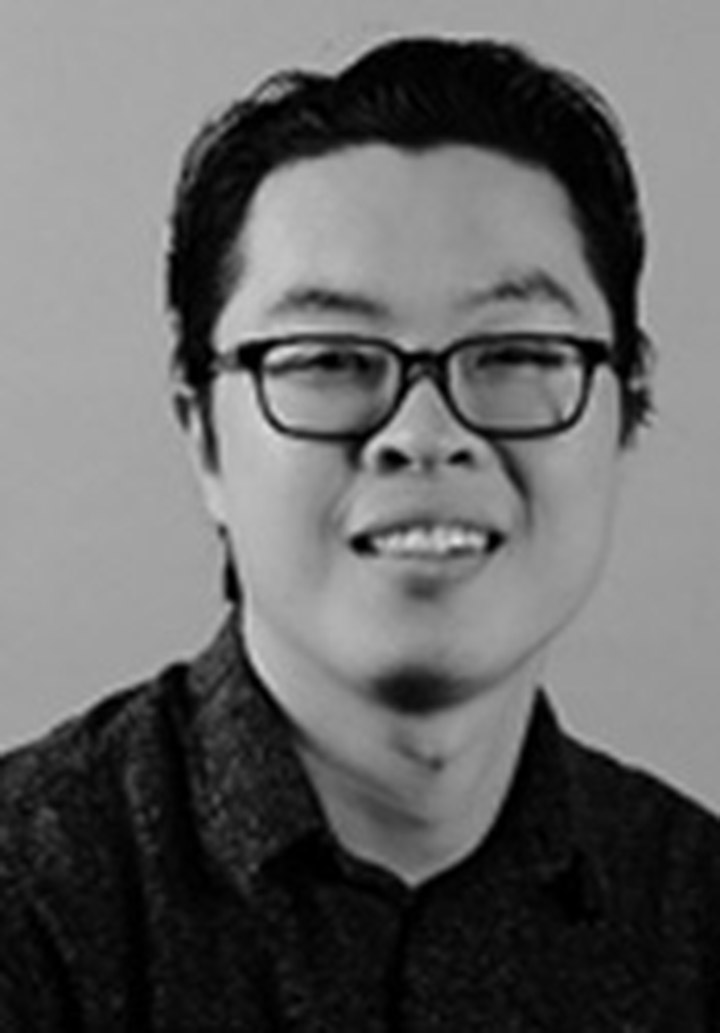Jae-Won Shin
Jae-Won Shin Heading link

Biomedical Engineering Faculty
Profile
Jae-Won Shin, Ph.D, Assistant Professor of Pharmacology and Biomedical Engineering, is the principal investigator of the Sculpting Regeneration Lab that combines biology, physics, engineering, and design to develop new regenerative medical treatments by interfacing cell biology with physical and digital approaches to biomaterial design. His key research contributions include the discovery that physical forces make and distribute blood cells, and the development of novel biomaterial and physical techniques to leverage this insight for stem cell engineering, therapeutic delivery, and drug discovery. He has published more than 50 articles, including work in various high impact journals, including Cell Stem Cell, PNAS, and Nature Materials. He has contributed to U.S. patents in blood engineering and biomaterial-based cell therapy.
Description
Sculpting Regeneration Lab
Recent advances in materials science offer a diverse range of novel applications spanning many different industries. One key example is alginate, which is a polysaccharide derived from seaweeds. In the culinary art world, alginate is used in the modernist cuisine to encapsulate a liquid into spheres, which resemble roe, so that liquid can be made chewable. This is because alginate becomes water-containing, semi-solid structures, called hydrogels, when it interacts with calcium ions. A great portion of our body, including cells and their surrounding materials called the extracellular matrix, shows physical properties that are reminiscent of hydrogels. This insight opens up exciting possibilities to use hydrogels like alginate for medical purposes, such as tissue regeneration. In fact, alginate is already used clinically as a part of wound dressing materials approved by FDA.
When tissues are damaged, delivering stem cells (‘seed’) alone may not be sufficient to regenerate them. It is also important to repair or replace damaged environments (’soil’) in tissues. The Sculpting Regeneration laboratory at the University of Illinois at Chicago is currently using alginate as a base material to build regenerative environments so that they can be delivered along with stem cells in any damaged part of the body without a need to perform major surgery. To achieve this goal, our lab has been developing novel technologies to miniaturize hydrogels into “mini-spheres”, which are literally as small as individual cells. Further, we can encapsulate single cells, growth factors, matrix proteins, and other key molecules into mini-spheres, so that all of them can be injected as a single “package”. This is a platform technology that can be potentially tailored for regeneration of different types of tissues. We are currently working on developing optimal formulations of mini-spheres to remodel fibrotic scars in lung and bone marrow diseases, and subsequently regenerate them into healthy tissues.
Our lab offers a dynamic environment consisting of members who are working at the interface of medical science, technology, engineering, and design. The BEST fellow will learn how to make a microfluidic device so that a large number of alginate mini-spheres with desired design parameters can be produced rapidly. The fellow will then learn how to encapsulate individual cells in mini-spheres. After encapsulating cells, the fellow will learn how to observe their behaviors, including cell migration under the microscope, and secretions of potential therapeutic proteins from cells using enzyme-linked immunosorbent assay. Success in this project will lead to a sustainable curriculum where younger students will not only appreciate the current advances in tissue engineering but also be exposed to potential synergies across different industries through materials science.